Take a look at these 8 native deciduous trees!
In the current nursery industry, native tree species are very popular, but there are so many excellent native trees. Which species are more favored by the market? What are the current and future market conditions? Don't worry, next we will conduct an in-depth interpretation and discussion on the current situation and problems of nursery production, demand and market supply for eight conventional native deciduous trees .

Ailanthus altissima
Ailanthus altissima has strong adaptability and can grow in all kinds of soils except clay, neutral, acidic and calcareous soils; it is cold-resistant, drought-resistant, not water-resistant, and rarely susceptible to pests and diseases, especially strong resistance to smoke and sulfur dioxide . Ailanthus altissima has a straight trunk and is up to 30 meters tall. The young leaves of red-leaf Ailanthus altissima are red, which is very spectacular in spring and summer; Ailanthus altissima has dense branches and leaves, a large crown, and a green shade.
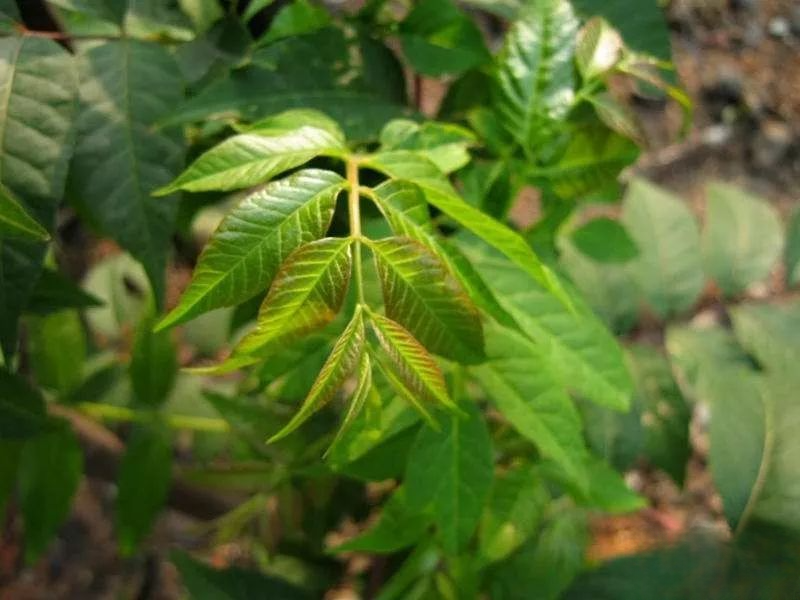
In terms of seedling production , there are not many large-scale Ailanthus seedlings. Most of them have a breast diameter of 3cm to 5cm, and the specifications are relatively uniform. There are very few seedlings of other specifications, and there is a lack of unified production standards.
In terms of seedling sales , the sales volume is not large and the price is low.
In terms of seedling prices , the prices of Ailanthus altissima with a breast diameter of 3cm, 4cm and 5cm are approximately 4 yuan, 7 yuan and 16 yuan respectively.
The main reasons for the sluggish sales of seedlings are: inconsistent seedling specifications, scattered seedling production areas, difficulty in large-scale use in greening projects, and less use in scenic spot greening.
In terms of seedling demand , seedlings with a breast diameter of more than 5 cm, consistent morphological and quality indicators, and relatively concentrated quantities are favored.
Use one-year-old seedlings for transplanting. Cut the stem 8 cm from the ground after transplanting . Pay attention to cultivating the stem shape after germination.
1. Cultivate seedlings with a breast diameter of 4cm to 5cm, with a planting density of about 600 plants per mu;
2. Cultivate seedlings with a breast diameter of 6cm to 7cm, with a planting density of about 200 plants per mu;
3. Remove the side buds in time to promote the continuous extension of the main trunk. After reaching the fixed trunk standard, focus on cultivating the crown and retaining the main branches;
4. Choose land with good drainage for cultivation. When transplanting, the survival rate is highest when the strong buds on the upper part of the seedling stem swell and become spherical.
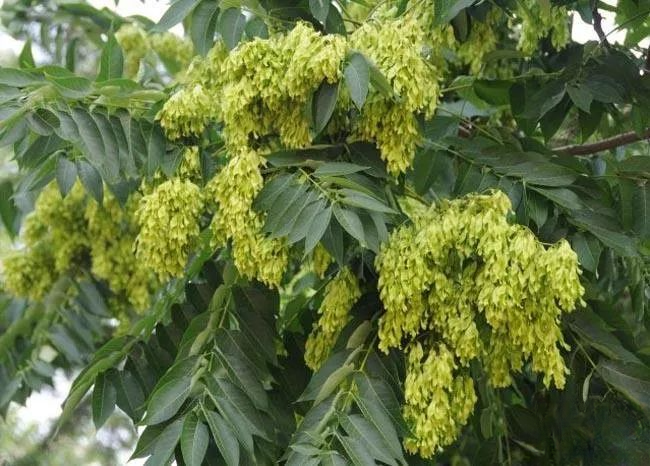
Plane Tree
The sycamore has large leaves, dense shade, a wide crown, strong budding ability, is tolerant of pruning, and resistant to smoke and dust. It rarely suffers from diseases and insect pests. It is an excellent street tree species and was once known as the "King of Street Trees in the World" . It is also a good garden shade and factory and mine greening tree species, and is currently one of the largest tree species used for urban road greening in suitable areas .
In recent years, with the development of small and medium-sized towns and the need for greening, the application prospects are still very optimistic. However, it should be noted that the plane tree has a shallow root system and is not suitable for planting in typhoon-prone areas.
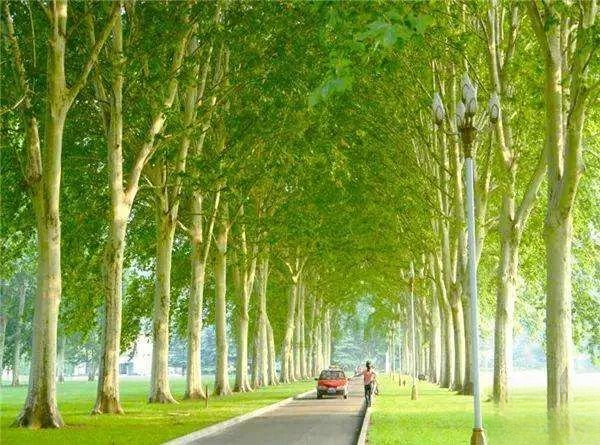
In terms of seedling production , the planting area of sycamore trees is relatively large, with a large number of medium and small-sized seedlings, but fewer seedlings with a breast diameter of more than 7 cm. Moreover, the planting density is high, making it unsuitable for cultivating large seedlings.
In terms of seedling sales , small-sized fast-growing sycamore trees with few bulbs and large-sized seedlings with a breast diameter of more than 7 cm sell faster and at higher prices. Sales of seedlings with a breast diameter of 3 cm to 6 cm are average and prices are relatively stable.
In terms of seedling prices , the prices of seedlings with a breast diameter of 2cm, 3cm, 4cm, 5cm, 6cm, 7cm and 8cm are around 3 yuan, 8 yuan, 18 yuan, 35 yuan, 60 yuan, 90 yuan and 120 yuan respectively; the prices of seedlings with a breast diameter of 10cm to 15cm are 180 yuan to 260 yuan, which are all higher than the prices of other common deciduous large trees of the same specifications.
In terms of demand for seedlings , there is a certain demand for seedlings with a breast diameter of 4cm to 6cm, and the price is slightly lower; there is a large demand for seedlings with a breast diameter of 7cm to 10cm, and the price is optimistic; there is also a large demand for seedlings with a breast diameter of more than 10cm, and the price is higher.
Choose fast-growing sycamore trees with few bulbs to breed seedlings.
1. If the purpose is to cultivate large seedlings, it is necessary to strengthen water and fertilizer management, appropriately sparsely plant, enhance ventilation and light transmission, and can be planted twice;
2. Cultivate seedlings with a breast diameter of 4cm to 6cm, plant them at a density of about 550 per mu, maintain a crown-to-height ratio of 3:4 to 2:3, and generally do not require pruning;
3. Cultivate seedlings with a breast diameter of 8cm to 12cm, and plant them at a density of 130 to 160 plants per mu, with a crown height ratio of 1:2.
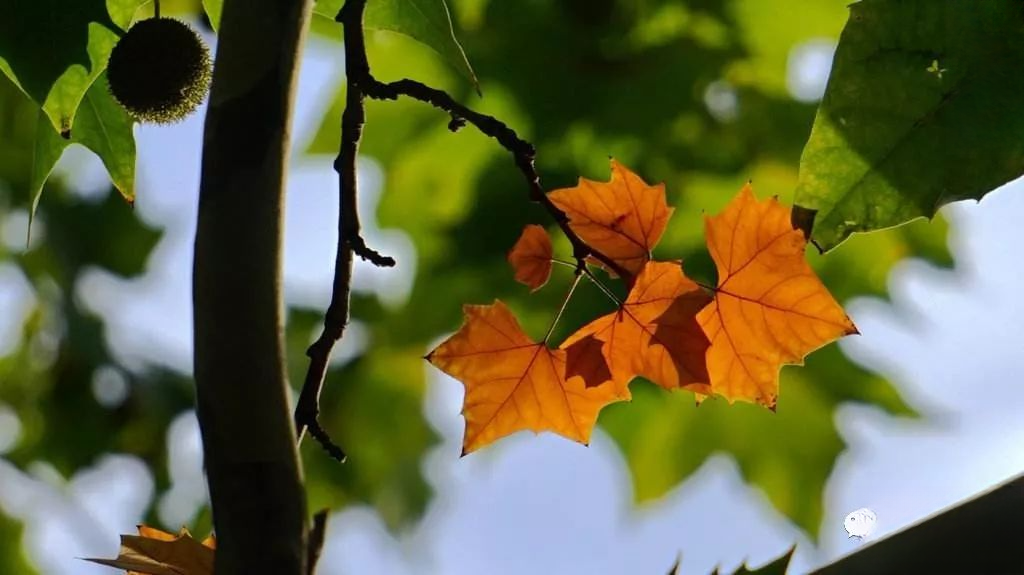
Sophora japonica
The Chinese Sophora japonica has a round crown, a wide canopy of green shade, a long lifespan, a wide range of adaptability, and strong resistance to sulfur dioxide, chlorine, and smoke . It is native to the north and is now widely used in greening in the north and south. It is commonly found in the North China Plain and the Loess Plateau, with the largest number in the Yellow River Basin. It is a widely used street tree and garden shade tree in northern cities . It is also the only rootstock species for grafting ornamental varieties such as Sophora japonica and Sophora japonica . Its application prospects are very broad.
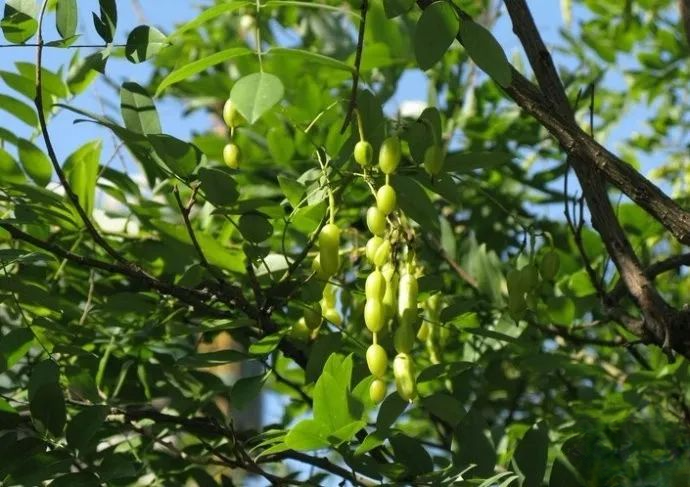
It is now cultivated in various places in the north. It can grow in the North China Plain and the Loess Plateau at an altitude of 1,000 meters . It is a good greening tree species, often used as a garden shade tree and street tree, and has certain economic and medicinal value.
Since there are currently a large number of seedlings in the main production areas, it is not advisable to expand the planting area. Instead, we can choose high-quality varieties with strong dryness and fast growth to breed seedlings, and cultivate reserve seedlings in sandy loam with good water and fertilizer conditions .
1. Remove or prune small-sized seedlings with poor stem shape and high planting density after transplanting, and focus on cultivating stem shape;
2. Cultivate seedlings with a breast diameter of 3 cm to 4 cm, plant them at an appropriate density, combine trunk support and pruning, and focus on cultivating trunk shape. It is best to have 480 to 550 plants per acre;
3. For the second planting, plant sparsely and focus on cultivating the crown shape. It is appropriate to cultivate 200 to 250 seedlings with a breast diameter of 8 to 10 cm per mu, with a crown height ratio of 1:2. Keep 3 to 5 main branches, shorten the main branches to 60 to 80 cm, and cultivate a natural open-heart shape or a sparse-trunk crown shape;
4. When grafting Sophora japonica and Sophora japonica, the Sophora japonica rootstock should reach a breast diameter of 4 cm to 6 cm before grafting, which is conducive to cultivating the crown shape and can be set according to the greening needs;
5. As Sophora japonica has been suffering from severe diseases and insect pests in recent years, timely and unified prevention and control should be paid attention to to avoid their spread.
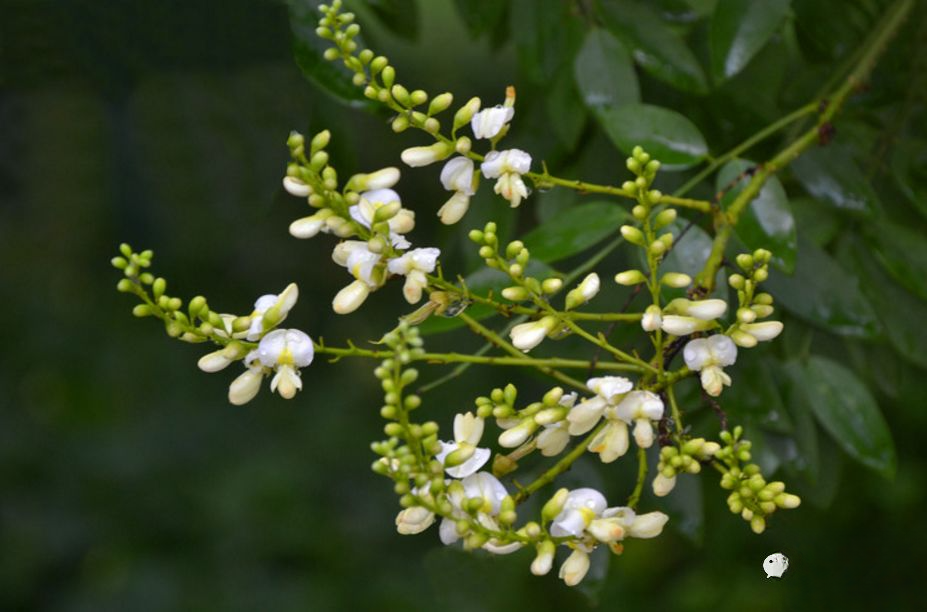
Albizia Julibrissin
The Albizia Julibrissin grows fast in the early stage, with a wide canopy, like a pavilion or a canopy, and feather-like leaves. It opens during the day and closes at night. The red and pink inflorescences bloom in summer, with a long flowering period and beautiful appearance. It is a rare ornamental tree species for summer viewing . It is suitable for garden greening, beautification and cultivation of street trees, and has good development prospects . It has poor resistance to diseases and insect pests, but strong resistance to hydrogen chloride and nitrogen dioxide . It is widely used in provinces (regions) in the Yellow River, Yangtze River and Pearl River basins.
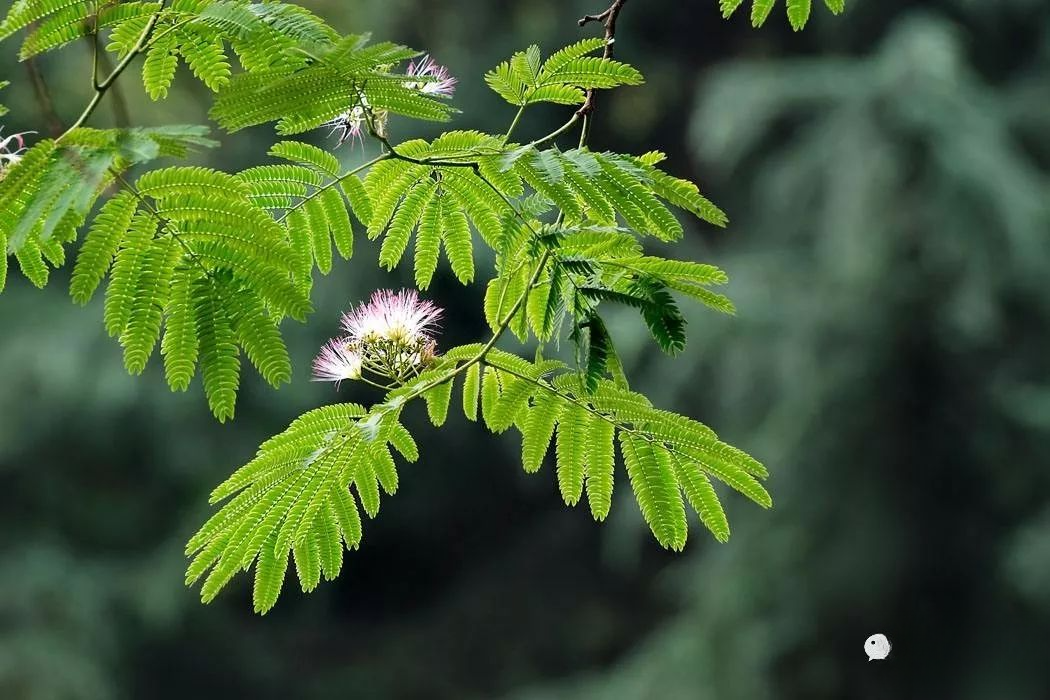
In terms of seedling production , the main production areas have a large number of seedlings, but the number of successful seedlings is small, especially the large-sized qualified seedlings are even fewer; there are more diseased branches and dead plants, the trunk and crown shapes are poor, and the size of seedlings and the height of branching points are uneven; management is not standardized, and large-scale seedling cultivation is rare.
In terms of seedling sales , those with a breast diameter of less than 4 cm have a larger number that can be sold, but the price is lower, so they are difficult to sell, generally 2 to 5 yuan per plant; the prices of those with a breast diameter of 4 cm, 5 cm, 6 cm, 7 cm, and 8 cm are around 15 yuan, 30 yuan, 50 yuan, 70 yuan, and 100 yuan respectively, but there are fewer seedlings of the same specifications in the same region and the same nursery, which is not conducive to sales; the number of seedlings with a breast diameter of more than 10 cm is small, the price is higher, generally 180 to 300 yuan per plant, and they are easier to sell.
In terms of seedling demand , the market is optimistic about seedlings with a breast diameter of more than 5 cm, good trunk shape, consistent branching point height, and no crown imbalance.
Choose varieties with strong disease and insect resistance and high ornamental value to cultivate seedlings , such as the purple-leafed Albizia selected by the Jinan Garden System, which has purple-red leaves in spring and bright red flowers in summer.
1. Due to the poor stem shape of Albizia Julibrissin, the seedling acclimatization period after transplanting is short. For seedlings with a stem height of less than 2m and a ground diameter of less than 2cm, the stem should be cut 8cm from the ground after transplanting to cultivate the main trunk;
2. If the trunk height is not up to the standard or is tilted, it should be cut short or connected from a strong bud;
3. When cultivating seedlings with a breast diameter of 2cm to 3cm, they should be planted densely, generally 1000 to 1500 plants per mu is more appropriate, and the stem shape should be cultivated in combination with supporting the stem;
4. Cultivate seedlings with a breast diameter of more than 4 cm, and plant them sparsely, preferably 150 to 300 plants per mu, with a crown-to-height ratio of 1.5: 3. Prune the main branches at 1.5m, cultivate 4 to 6 side branches, so that they are distributed in a staggered manner and each occupies a certain space, and promptly remove competing branches and diseased and dead branches;
5. Pay attention to prevent the occurrence of whiteflies and dry rot.
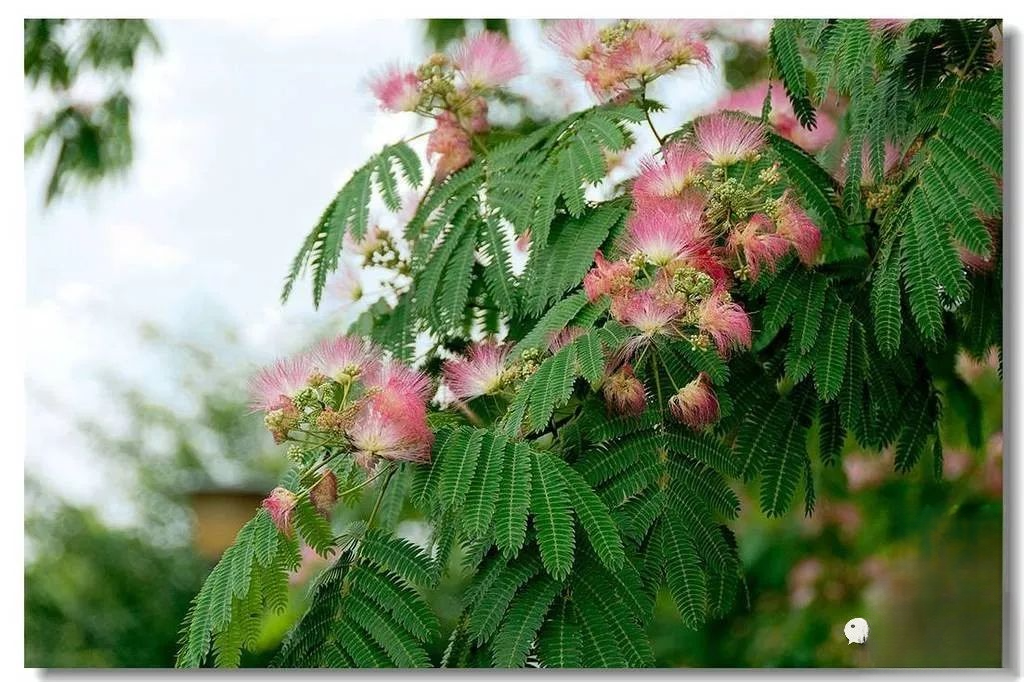
Koelreuteria paniculata
Koelreuteria paniculata is an ornamental tree species that is pleasing to the eye for both its flowers and fruits . In summer, the treetop is covered with golden terminal cones of flowers, which bloom for 60 to 90 days. In autumn and winter, the triangular ovate capsules are orange-red or reddish-brown, resembling lanterns, which do not fall off during the winter. From a distance, they appear golden or orange-red, very gorgeous and spectacular. The tree also has strong resistance to smoke and dust , making it an ideal tree species for greening and beautification. It is suitable as a street tree or for courtyard greening . It is also a good soil and water conservation forest species, and its application prospects are very broad.
Koelreuteria paniculata grows well south of the Yangtze River, south to Guangdong and northern Guangxi, southwest to Guizhou, and can be used for greening in Anhui, Henan, Hubei, Jiangsu and southern Shandong.
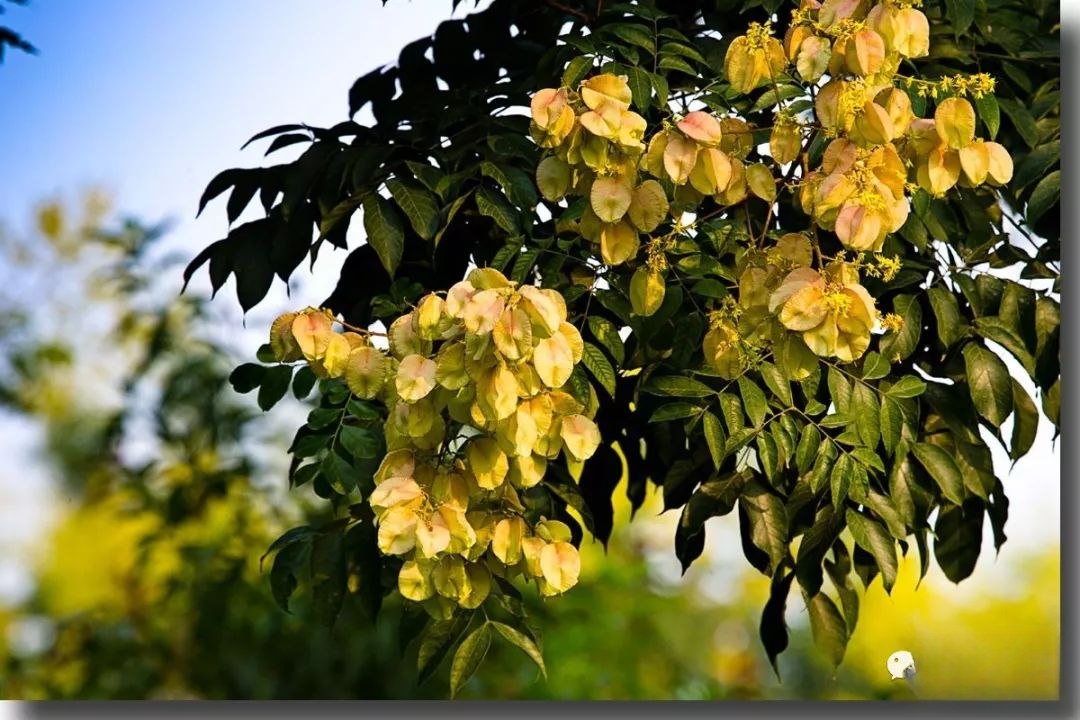
In terms of seedling production , the main production area is not obvious, seedling cultivation is sporadic and covers a wide range, without strong professionalism and a certain scale, the number of seedlings is small, and the specifications are also uneven.
In terms of seedling sales , most of them are sold sporadically with inconsistent specifications and sizes, which makes it difficult to meet the needs of large-scale purchases for street trees and greening projects.
In terms of seedling prices , the breast diameters of 3cm, 4cm, 5cm and 6cm are 8 yuan, 20 yuan, 40 yuan and 80 yuan respectively.
In terms of seedling demand , seedlings with relatively consistent specifications and a breast diameter of 4cm and 7cm are in great demand, and the market price is also promising.
It is necessary to cultivate seedlings in appropriate quantities. Since the cold resistance of seeds from different sources varies greatly, try to use seeds from local sources for seedling cultivation .
1. When the stem of a one-year-old seedling is not straight or does not meet the standard of fixed stem, it will be replanted the following year. Generally, after two transplants and cultivation for 3 to 6 years, the diameter at breast height can reach 4 cm to 8 cm;
2. Cultivate about 600 seedlings per mu with a breast diameter of 4cm to 5cm;
3. Cultivate 200 to 300 seedlings per mu with a breast diameter of 6 cm to 8 cm;
4. Select 3 to 5 evenly distributed main branches, shorten them to 40 cm, and retain two or three side branches on each main branch, with a crown height ratio of 1: 3.
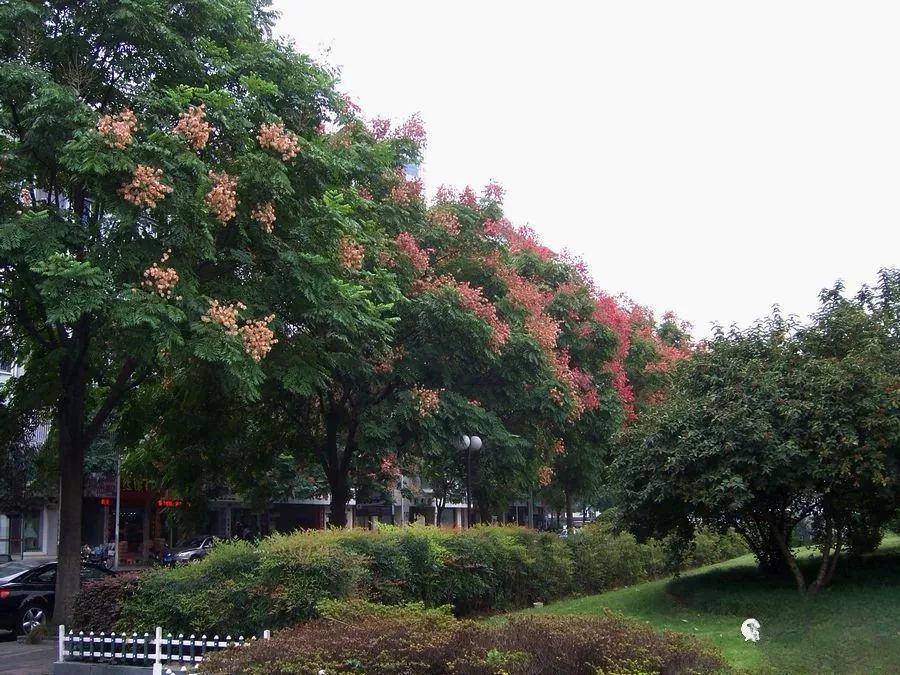
weeping willow
Weeping willows sprout early and shed leaves late, with soft, slender branches. Some varieties have golden branches, and when the breeze blows, they are naturally elegant and charming, no matter in spring, summer, autumn or winter. They are most suitable for greening . They are not only beautiful landscape trees and garden shade trees, but also important tree species for breaking wind and sand and maintaining embankments. Especially the male weeping willows that do not shed catkins in spring are one of the preferred tree species for afforestation and greening.
The root system of weeping willow is well developed, which is resistant to toxic gases and can absorb sulfur dioxide. It can be cultivated all over the country, with the Yangtze River Basin and the plains of provinces to the south, Northeast China and North China as the main application areas. It is also commonly used for greening in the southwestern river valleys to areas with an altitude of 2,000m.
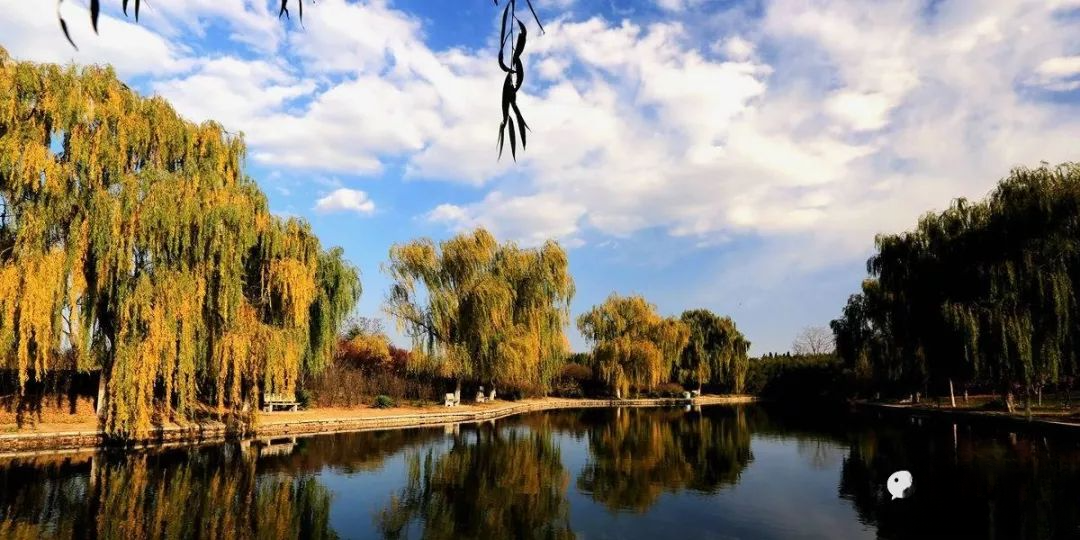
In terms of seedling production , the main production areas have a large planting area, and their output ranks second only to poplar; there are many varieties, including weeping willow, golden weeping willow, golden branch willow, silver bud willow, etc.; the planting density is large, and there are many small and medium-sized seedlings, making it not easy to cultivate large seedlings.
In terms of seedling sales , small-sized seedlings have no demand; for medium-sized seedlings, the prices of those with a breast diameter of 3cm, 4cm and 5cm are 3 yuan, 6 yuan and 12 yuan respectively. Although the prices are cheap, sales are still somewhat difficult; the prices of those with a breast diameter of 6cm, 7cm and 8cm are around 25 yuan, 40 yuan and 60 yuan, so there is a large room for sales and the market prospects are promising.
In terms of demand for seedlings , seedlings with a breast diameter of about 5 cm and 8 cm are used for riverbank shelterbelts, roadside trees, and garden greening, and are in great demand. Seedling growers should take the initiative to find the market.
1. Control the new seedlings, transplanting and planting of overcrowded seedlings;
2. Weeping willows have sparse branches and leaves and deep root systems, so they can be transplanted to the sides of roads and canals for cultivation, with little impact on field crops;
3. Cultivate seedlings with a breast diameter of 4cm to 6cm, with a planting density of 500 plants per mu, focusing on cultivating the trunk shape;
4. Cultivate seedlings with a breast diameter of 7cm to 10cm, with a planting density of 200 plants per mu, focusing on cultivating crown shape;
5. Choose three or four strong branches with appropriate directions, 40cm to 50cm apart and staggered distribution. The short-cut branches should not exceed 1/3 of the main trunk.
6. Weeping willows are prone to aphids, willow moths, longhorn beetles, etc., so pay attention to timely prevention and control.
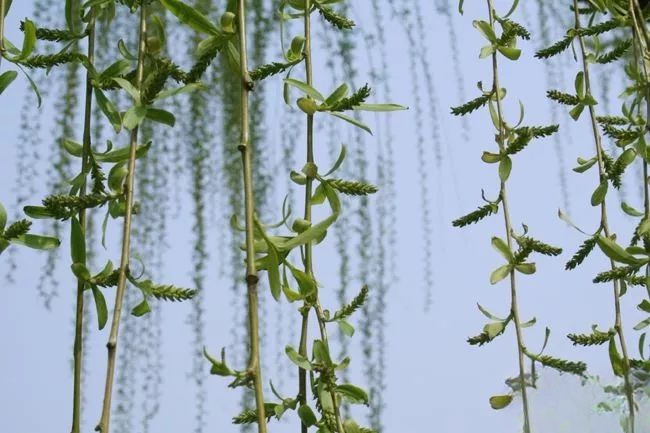
Acer truncatum
Acer truncatum has a beautiful tree shape, dense branches and leaves, and palm-shaped five-lobed leaves. In autumn, the leaves turn yellow or red. In urban greening and street tree planting, it is planted with other colorful leaf trees or evergreen trees, and the red and green or yellow and green complement each other, which is very beautiful. It has roots, a medium growth rate, few diseases and insect pests, strong resistance to sulfur dioxide and hydrogen fluoride, and strong ability to absorb dust. It is an important tree species for creating landscape forests, street trees or shelter forests . Beijing's famous "Xishan Red Leaves" includes Acer truncatum in the tree species composition.
Acer truncatum is suitable for cultivation in the north, and is mainly used in Beijing, Hebei, Jiangxi, Shandong, Henan, Shaanxi, Liaoning and other places.
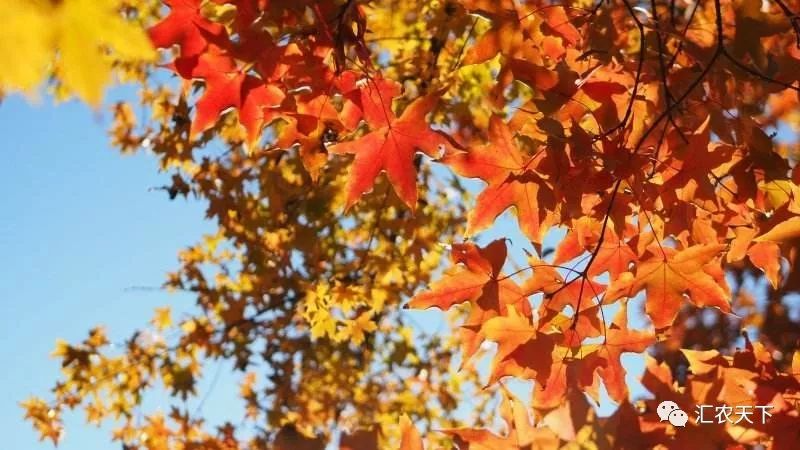
In terms of seedling production , due to the popularity of colorful leaf trees in recent years, many tree species and varieties have been introduced from abroad, while the cultivation of native maple is insufficient, there are few large-scale seedlings, and there are not many qualified seedlings. Most of them are sporadic seedlings, and the specifications are uneven. The seedling output cannot meet the normal needs of afforestation and greening.
In terms of seedling sales , the number of one-year-old seedlings sold is very small, most of which are self-propagated and self-raised. The number of seedlings with a breast diameter of less than 4 cm that can be sold accounts for a certain proportion. The prices of breast diameters of 1 cm, 2 cm, 3 cm, and 4 cm are about 4 yuan, 8 yuan, 20 yuan, and 40 yuan respectively. These seedlings have small specifications and low transaction volumes. There are fewer seedlings with a breast diameter of 5 cm, 6 cm, and 7 cm, and the prices are about 60 yuan, 80 yuan, and 120 yuan, which are difficult to meet market demand. There are also some large-sized seedlings with a breast diameter of more than 8 cm. Although there are a certain number, they are not cultivated by the nursery itself. Most of them are bare-root transplanted from mountainous areas. They grow poorly and have no certain crown shape, making them difficult to sell.
In terms of demand for seedlings , seedlings with a breast diameter of 5cm to 7cm, straight trunks and good crown shape are the hot sellers.
Select excellent varieties to cultivate seedlings. For species such as Acer truncatum and Acer serrata, the morphology between varieties and individuals is not easy to distinguish, or there is a large variation. It is necessary to select single seedlings with strong stems and large annual growth for planting .
1. The density should be appropriately increased in the early stage, preferably 1200 to 1500 plants per mu, with emphasis on cultivating the stem shape;
2. Cultivate for about 3 years and then transplant again, maintaining a density of 200 to 450 plants per mu to cultivate large seedlings with a breast diameter of more than 5 cm;
3. Don’t choose too sticky soil for seedlings. It should be well-drained, otherwise the roots will rot easily.
4. When transplanting seedlings that are more than 4 years old, they must be brought with soil balls or placed directly in containers, otherwise the survival rate will be low.
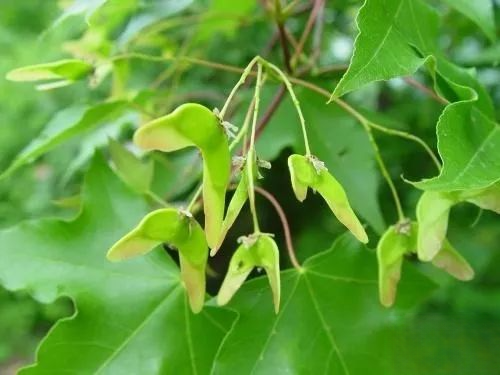
Ash Tree
Fraxinus chinensis has a strong fast-growing nature, a long lifespan, a beautiful tree shape, a large crown, dense green leaves , and strong resistance to diseases, insect pests, and harmful gases. It is widely used in North China, Northwest China, and Southeast China. It is an excellent street tree, urban greening, and ecological timber forest species . It is the preferred tree species for urban greening and ecological protection, especially in drought, little rain, cold or low-lying land with high groundwater levels, heavy industrial areas, and areas with heavy salinity .
"Garden Wax No. 1" and "Garden Wax No. 2", which were recently selected and bred by the Jinan Garden System and approved by the Shandong Provincial Forestry Department, have the characteristics of remarkable rapid growth and long growth cycle, and have been promoted and used in Dongying, Tianjin and other regions.

In terms of seedling production , the planting area of medium and small-sized ash is large and the number is large. Among them, the crown shape of those with a breast diameter of more than 6 cm is poor due to the high planting density, which is not conducive to the cultivation of large-sized standard seedlings.
In terms of seedling sales , medium and small sized seedlings, especially small sized seedlings, are difficult to sell and the prices are lower; seedlings with a breast diameter of 7cm to 10cm are fewer in number and easier to sell, but the prices are average, slightly lower than in previous years.
In terms of seedling prices , the prices of seedlings with a breast diameter of 2cm, 3cm, 4cm, 5cm, 6cm and 7cm are around 2, 5 yuan, 5 yuan, 10 yuan, 20 yuan, 40 yuan and 60 yuan respectively. The price of seedlings of excellent varieties with better stem shape such as "Yuanla No. 1" will be higher than that of ordinary white wax.
In terms of demand for seedlings , seedlings with a breast diameter of 7cm to 12cm are favored by the market and are priced higher.
Taking advantage of the current weak market and low prices, we purchased high-quality varieties such as "Yuanla No. 1" to cultivate preparatory seedlings. Once the market improves, the large seedlings will have been basically cultivated and can enter the market immediately.
1. Since seedlings with a breast diameter of 1.5 cm to 4 cm are difficult to sell and the planting density is relatively high, it is necessary to be willing to remove some small-sized seedlings and increase the space to cultivate large seedlings;
2. To cultivate large seedlings of Fraxinus velutipes, transplanting is required twice. The first planting density should be large, with 650 to 700 plants per acre, which is conducive to cultivating the stem shape and keeping the stem-crown ratio at about 1:2;
3. When the diameter at breast height reaches 3cm to 4cm, plant for the second time with a density of about 250 plants per mu. It is necessary to trim the trunk in time, shorten the main branches, and nurture the growth of side branches to form a better crown shape.
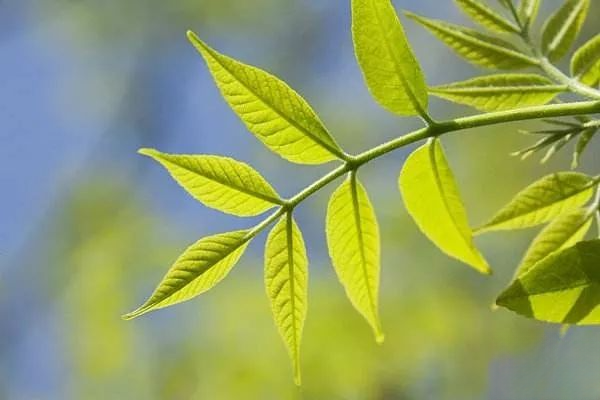
▼▼▼